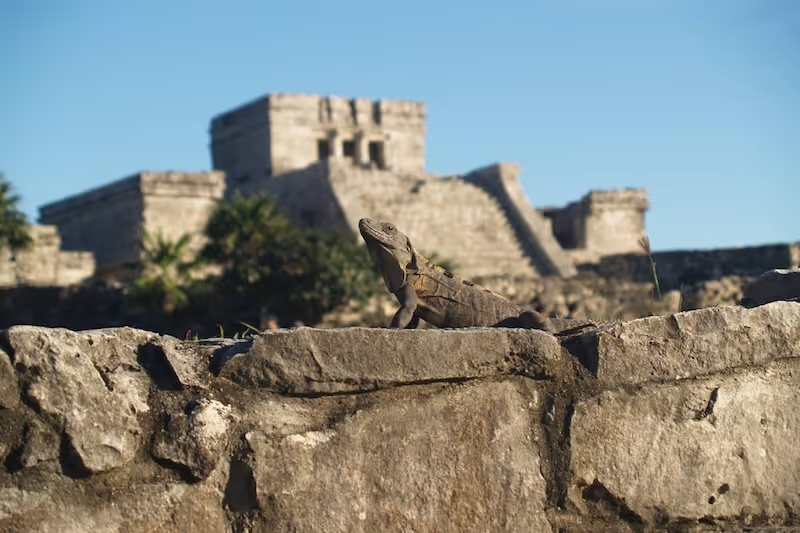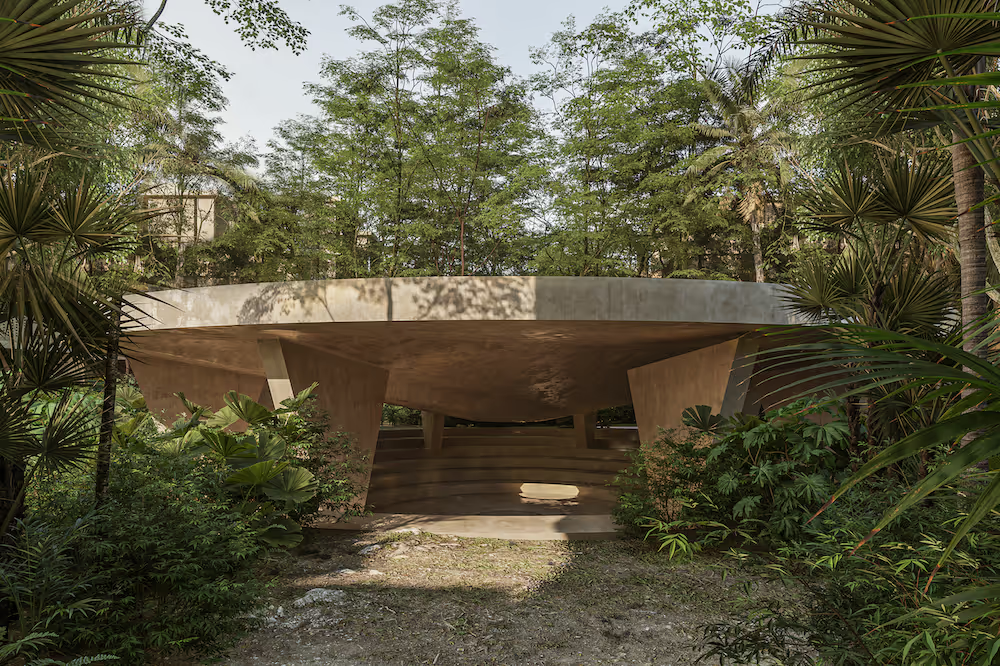Tulum, a once-sleepy beach town on Mexico’s Caribbean coast, has blossomed into one of the country’s most enticing retirement destinations. The allure is clear – this tropical paradise offers a warm climate year-round, stunning natural scenery, and a laid-back lifestyle that many retirees dream about.
Beyond the beaches and turquoise waters, Tulum boasts a vibrant culture and a cost of living that can be significantly lower than back home. It’s no surprise that Tulum has earned a reputation as one of the best places to live in Mexico for those seeking an affordable, adventure-filled retirement.
In this guide, we’ll explore the lifestyle benefits, financial advantages, healthcare, real estate, and practical tips for making the most of your golden years in Tulum.
Lifestyle Benefits: Sun, Nature, Wellness, and Community
Retiring in Tulum means embracing a relaxed, sun-soaked lifestyle surrounded by natural beauty and rich heritage. Imagine waking up to warm tropical breezes and stepping out to powdery white sands and the turquoise Caribbean Sea. Tulum enjoys year-round warm weather, with plenty of sunshine even in winter months – an instant upgrade for anyone looking to escape cold climates. (Do keep in mind the summer/fall hurricane season, which can bring heavy rains, but serious storms are infrequent.)
Nature lovers will find Tulum nothing short of spectacular. The region is dotted with jungle trails, protected reserves, and unique ecosystems. Just south of town lies the Sian Ka’an Biosphere Reserve, a UNESCO World Heritage site teeming with wildlife and mangrove lagoons. Tulum also offers breathtaking lagoons and cenotes (natural freshwater sinkholes) to explore.
You can snorkel or dive in cenotes – check out our guide to the 7 must-visit cenotes in Tulum to get started. Similarly, kayaking or floating in lagoons like Kaan Luum is a serene way to spend a day – the water’s vivid colors and surrounding greenery are unforgettable (see our list of the most breathtaking lagoons in Tulum for some of the best spots).
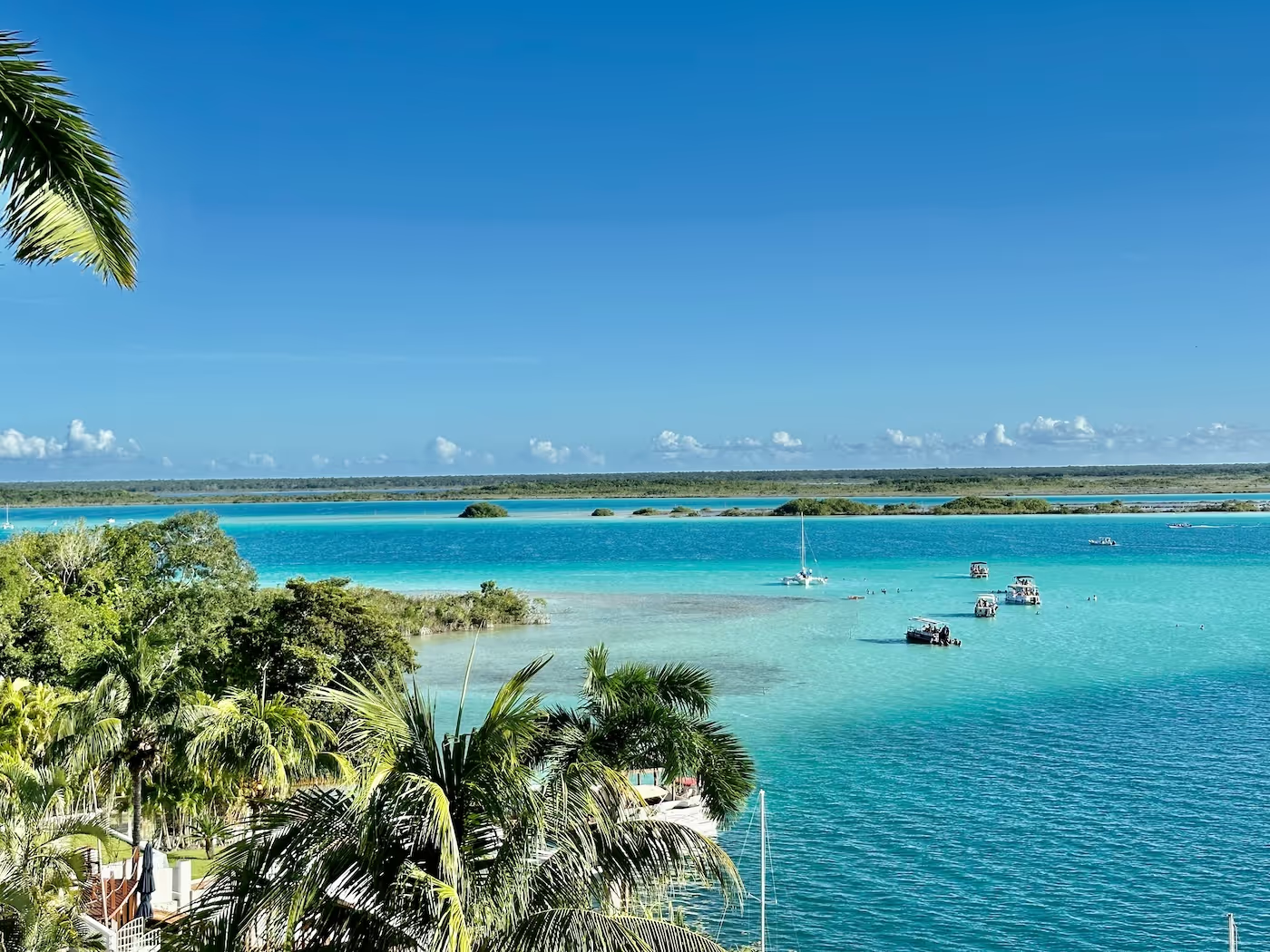
History and culture are ever-present in Tulum, adding to its charm. The town is proudly rooted in Mayan heritage – most famously showcased at the Mayan ruins in Tulum, an ancient cliffside fortress overlooking the sea.
Beyond Tulum’s own ruins, the region is rich with archaeological sites (such as Coba or Chichen Itza a drive away), providing endless excursions. The downtown area (Tulum Pueblo) may be small, but it’s brimming with color and creativity: street murals, local handicrafts, and live music in the evenings give the town a lively spirit.
Another hallmark of Tulum’s lifestyle is its emphasis on wellness and holistic living. You’ll find numerous yoga studios, meditation centers, and day spas offering activities like beachfront yoga classes and temazcal (Mayan sweat lodge) ceremonies. Healthy living is easy here: from fresh green coconuts and organic cafes to outdoor activities like paddle-boarding or cycling, Tulum encourages you to stay active and nurture your well-being.
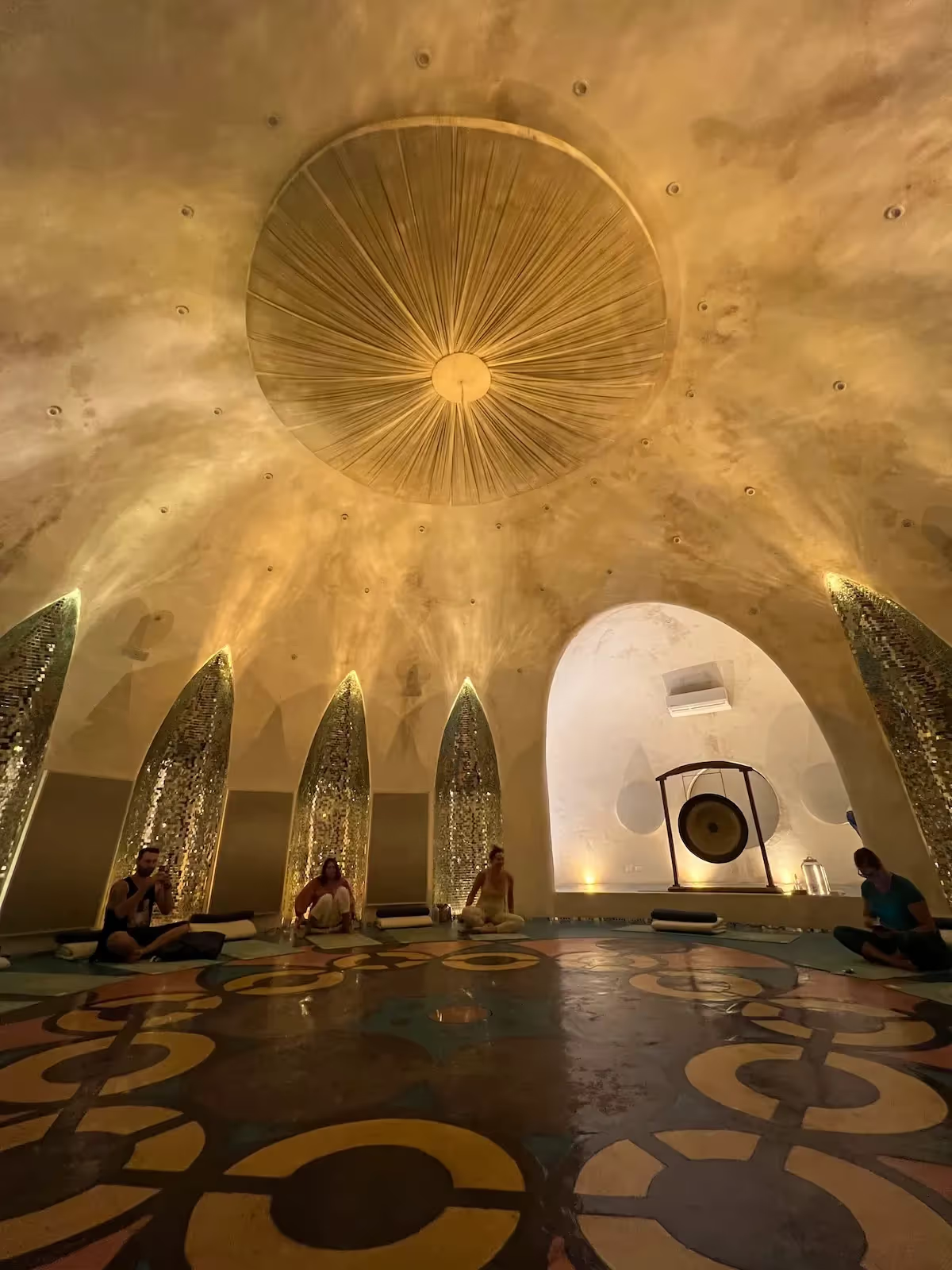
Many retirees appreciate how this wellness culture attracts like-minded people and fosters a positive, health-conscious community. If you’re interested in all the local activities available, there’s no shortage of ideas for what to do and see in Tulum.
Cost of Living and Financial Advantages
One of the biggest draws of retiring in Tulum is the affordable cost of living – here, your retirement income can stretch much further than it might in the U.S., Canada, or Europe. Mexico in general is known as a budget-friendly retirement haven, and Tulum is no exception (though it is a bit pricier than some inland Mexican towns, given its popularity). Let’s break down some of the financial advantages:
Housing Costs: Whether you choose to rent or buy, housing in Tulum is significantly cheaper than in most major cities up north. Rentals range from simple local apartments to modern condos with pools. On the low end, a furnished one-bedroom or studio in Tulum town can be found for around $600 USD per month. Many retirees opt for something a bit more upscale in the popular expat areas – for example, a fully equipped 1- or 2-bedroom apartment in a nice development (say, in La Veleta or Aldea Zama neighborhoods) might run $1,000–$1,500 USD per month, which often comes with amenities like security, a pool, and a gym.
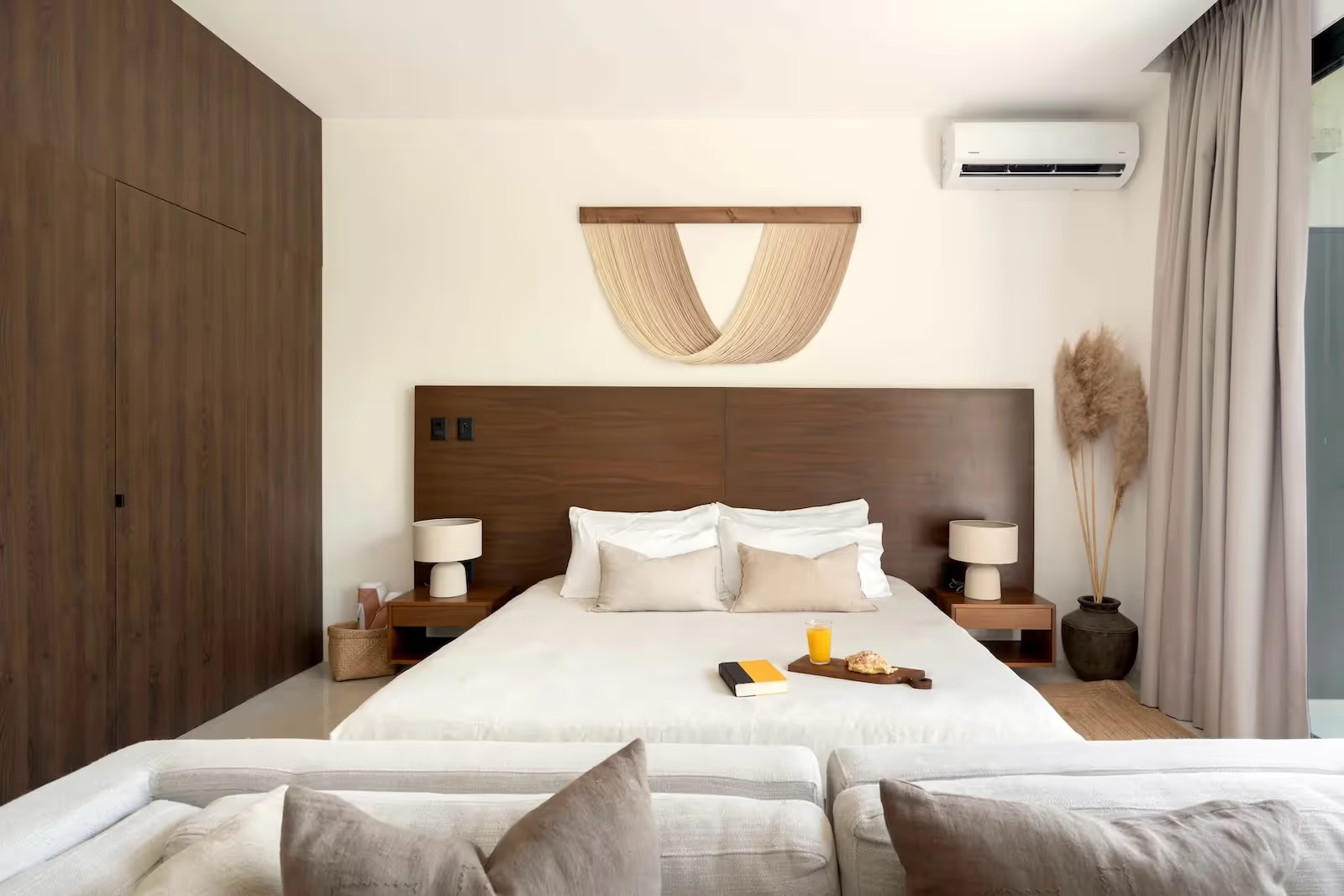
Healthcare Savings: Medical care in Mexico can be a fraction of the cost of U.S. healthcare. Many routine services, doctor visits, lab tests, medications, are very affordable out of pocket.
Tax Advantages: Retiring in Tulum can come with some tax relief as well. Mexico and the U.S. (and Canada and many other countries) have agreements to avoid double taxation of income.
In practice, this generally means that if you’re paying taxes on your retirement income (pensions, Social Security, etc.) to your home country, Mexico will not tax that foreign-sourced income for a resident retiree. For example, a U.S. citizen drawing Social Security or a 401(k) will report and pay taxes on it to the IRS as required, but Mexico won’t tax it again – effectively, your pension income is untaxed in Mexico (as long as it’s from abroad).
Of course, if you earn local income in Mexico (say you start a business or get rental income from a property), that would be taxable locally – but pure retirement income from elsewhere is generally tax-free under Mexican law.
Another bonus: If you become a resident, you can also sign up for the INAPAM senior discount card, which gives adults 60+ discounts on a wide range of things – from bus and air tickets to museum fees and utility bills.
Housing and Real Estate in Tulum
Finding the right home is a big part of retirement planning, and Tulum offers options for every taste – whether you prefer to rent long-term or make an investment and buy property in Tulum.
Renting in Tulum: Many retirees start by renting, at least for the first 6-12 months, to get a feel for the area and explore different neighborhoods before putting down more permanent roots. As mentioned, rental prices are quite reasonable. You can find rentals through local property managers, Facebook groups, or websites.
Our guide on the best places to invest in Tulum offers a deeper look at top neighborhoods to live in Tulum and who they suit best. Utilities for rentals are usually extra (particularly electricity). Note that internet has vastly improved in Tulum: fiber-optic service is available in many parts of town and expat neighborhoods, which is great if you need reliable service.

Buying Property: If you’re thinking of purchasing a home or condo in Tulum, you’ll be joining many other expat retirees who have decided to invest here. Can foreigners buy property in Tulum? Absolutely – yes. The only wrinkle is that because Tulum is in the coastal “restricted zone” (within 50 km of the coast), foreign buyers use a fideicomiso, which is a bank trust mechanism, to hold the title.
You can read our guide on buying property in Tulum as a foreigner for a detailed breakdown of the legal steps, closing costs, and tips to ensure a smooth purchase. In brief, expect closing costs to add roughly 6–7% on top of the purchase price for things like notary fees, registration, and bank trust setup. Property transaction processes are usually done in Mexican pesos (with conversions if your money is coming from dollars), and developers often allow payment schedules or financing on new builds.
In addition, check our article on reasons why investing in Tulum still offers solid real estate opportunities.
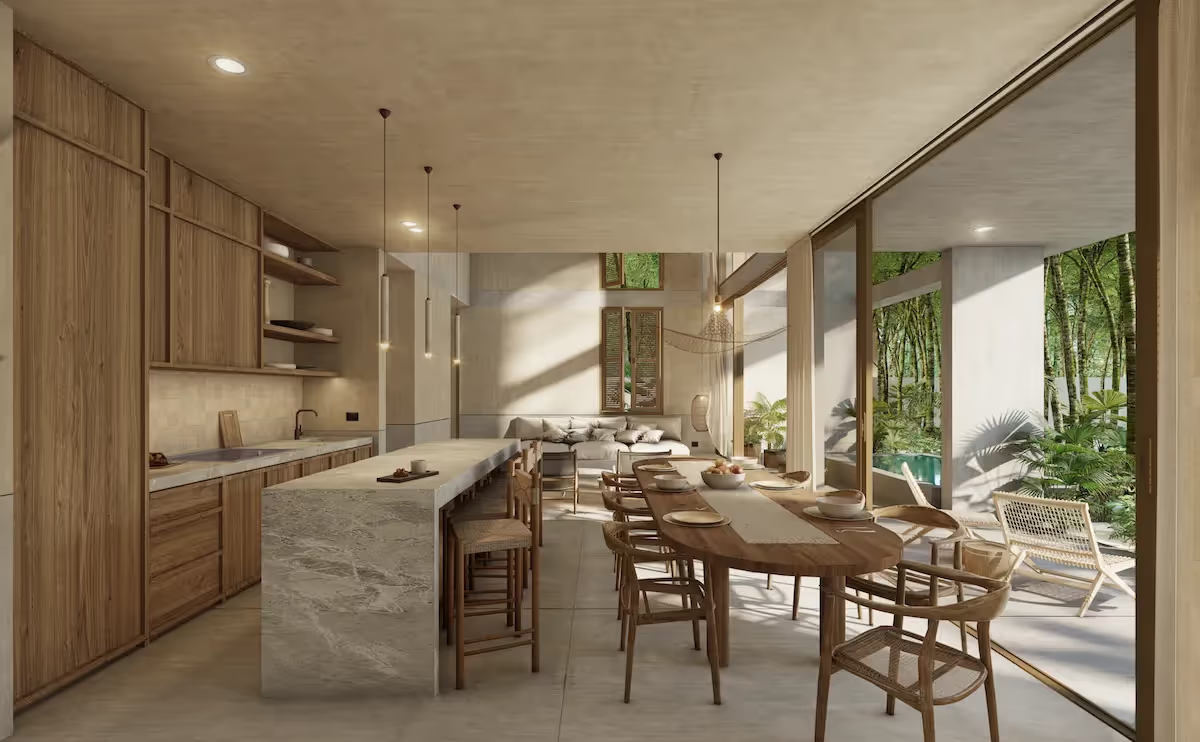
Healthcare in Tulum: Quality Medical Services at Lower Costs
Mexico’s healthcare system is often cited as one of the benefits of living here: it has both public healthcare (available to residents at very low cost) and private healthcare (still quite affordable by Western standards). Here’s an overview of what to expect for healthcare in Tulum:
Public Healthcare (IMSS/INSABI): As a legal resident of Mexico (temporary or permanent), you are eligible to enroll in the IMSS national healthcare program (Instituto Mexicano del Seguro Social). IMSS is actually Mexico’s social security health system mainly for employees, but expats can opt in voluntarily by paying an annual premium.
The cost is extremely low – premiums are age-based, and for seniors it’s on the order of <$100 USD per month (around $90/month for ages 60–69, and $93/month for 70–79 as of 2025). Once enrolled, most medical services, tests, and medications are provided free of charge or very low cost under IMSS. The IMSS clinics and hospitals can handle routine care and emergencies, though in popular expat areas you may sometimes encounter wait times or limited English spoken.
There is also another public system called INSABI (recently evolving into IMSS-Bienestar) which is essentially a free coverage option for those not in IMSS, including people with pre-existing conditions. INSABI is aimed at ensuring everyone, even those who can’t pay, have access to hospital care. Expats with residency can use INSABI by simply showing their residency card at participating public hospitals. However, the public facilities in smaller towns like Tulum may be basic. In practice, many expats enroll in IMSS for the peace of mind (catastrophic coverage at low cost), but often choose to use private doctors and hospitals day-to-day for the higher comfort and shorter wait times.
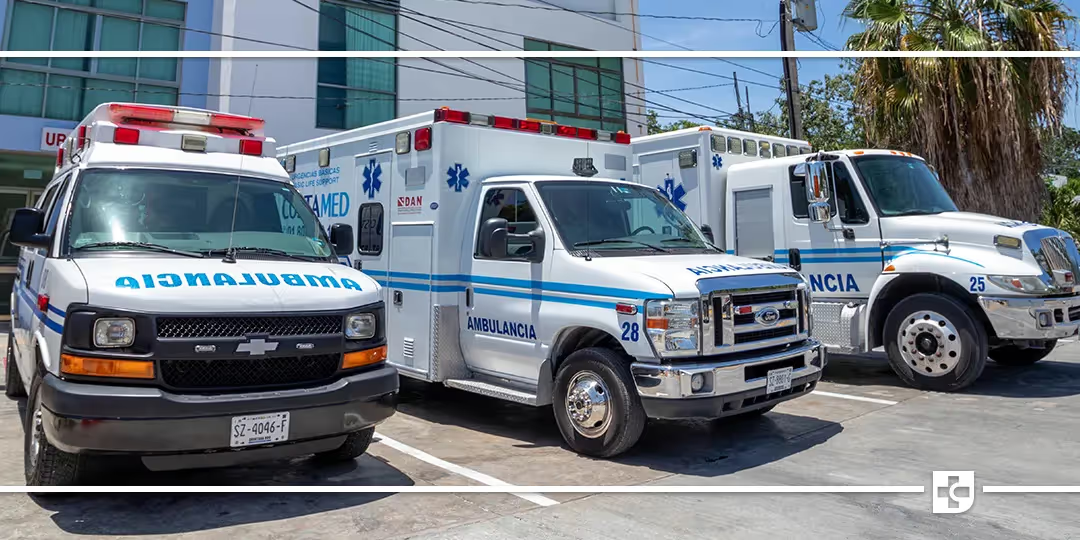
Private Healthcare in Tulum: Tulum has seen improvements in medical infrastructure as the town grows. Currently, the main private healthcare facility is Hospital Costamed Tulum, which is a modern private hospital affiliated with the larger Costamed group that operates hospitals across the Riviera Maya. Costamed Tulum offers 24/7 emergency services, general surgery, inpatient rooms, and specialist consultations.
There are also various private clinics, labs, dentists, and pharmacies around town. For more advanced or specialized care, many residents go to Playa del Carmen (45 minutes away) or Cancún (1.5–2 hours away), where there are multiple large hospitals (some with international accreditation) and a wider range of specialists. For example, Hospiten and CostaMed in Playa, or Hospital Galenia in Cancún, are big facilities with multilingual staff. The quality of care at private hospitals in this region is generally excellent – many doctors are U.S.- or Europe-trained, and you’ll often find English-speaking doctors.
Health Insurance: Many retirees in Mexico take a hybrid approach: use IMSS or public care for basic coverage, but also maintain a private health insurance policy for peace of mind, especially for serious conditions or if they want treatment back in the U.S. later. If you are over 65 and on U.S. Medicare, note that Medicare does not cover you in Mexico (except in very limited scenarios). So you’d either rely on Mexican systems or buy an international policy.
International expat health insurance for someone in their 60s can cost anywhere from ~$1,500 to $3,000 per year, depending on coverage and deductibles – still often cheaper than U.S. insurance pre-Medicare.
Quality and Emergency Services: Living in Tulum, you’ll generally be able to find good medical care when you need it. Pharmacies are abundant and many medications are available over-the-counter without a prescription (and at much lower cost than in the U.S.). For example, common blood pressure meds or antibiotics might be bought directly after consulting with a pharmacist. Ambulance services exist (Red Cross and private ambulances), though response times in a smaller town can vary – for anything truly urgent, being taken to Playa del Carmen or even airlifted to a larger city could be necessary, but those scenarios are rare.
Overall, retirees in Tulum often report being very satisfied with the healthcare. It’s reassuring to know that you have access to quality doctors and hospitals, and that using them won’t break the bank. The combination of public and private options gives you flexibility.
Practical Matters: Visas, Safety, and Settling In
Moving to Tulum for retirement does come with a few practical considerations to sort out – notably the residency visa process, understanding local customs, and ensuring a smooth transition. Here are some key tips on settling in:
Residency and Visas: If you plan to live in Tulum (or anywhere in Mexico) long-term, you’ll want to obtain a residency rather than just staying on tourist permits. Mexico offers a couple of main options for retirees: Temporary Residency (good for up to 4 years, renewable annually or for 4 years at once) and Permanent Residency (indefinite). Both are attainable if you meet the financial requirements, which are essentially to show you have sufficient income or savings to support yourself. As of 2025, the rough benchmarks for temporary residency are around $2,500–$3,000 USD in monthly income (or pensions/Social Security) or about $50,000–$70,000 USD in savings. (The exact amounts vary slightly by the Mexican consulate where you apply, and are tied to Mexico’s minimum wage/UMA values, which change year to year.)
For permanent residency, the bar is higher – roughly $4,000+ USD monthly income or $150,000+ in assets, or if you’ve held temporary status for 4 years you can roll into permanent with no new financial proof.
Once you have your residency, you enjoy benefits like not having to leave every 6 months, the ability to open local bank accounts, import your household goods duty-free (one time), etc. It also makes you eligible for IMSS healthcare and INAPAM discounts as mentioned. Importantly, Mexico does allow foreign residents to collect foreign pensions and Social Security without issue – you can have your U.S. Social Security directly deposited into a Mexican bank if you want, or just keep it in a U.S. bank and withdraw via ATM.
Safety and Security: A common question is “Is it safe to retire in Tulum?” Generally speaking, Tulum is a safe and welcoming town, especially in the main areas. Like many places in the Riviera Maya, Tulum’s economy depends on tourism, so local authorities prioritize keeping it secure. Petty crime like theft can happen if you leave your guard completely down (for example, one wouldn’t leave a bicycle unlocked or valuables unattended on the beach), but basic precautions go a long way. Many expats say they feel safer in Tulum than in big cities back home, due to the tight-knit community and friendly locals – but of course, it’s wise to stay aware of your surroundings and use common sense.
Language and Integration: While Tulum’s expat population means you can get by with English in many places, picking up some Spanish will hugely enhance your retirement experience. Locals appreciate any effort to speak Spanish, and even basic phrases will help you in day-to-day interactions (like dealing with tradespeople, reading utility bills, or chatting with neighbors). On the flip side, you’ll find that many younger Mexicans in Tulum speak some English, and almost all tourist-facing businesses (restaurants, clinics, banks) have English-speaking staff.
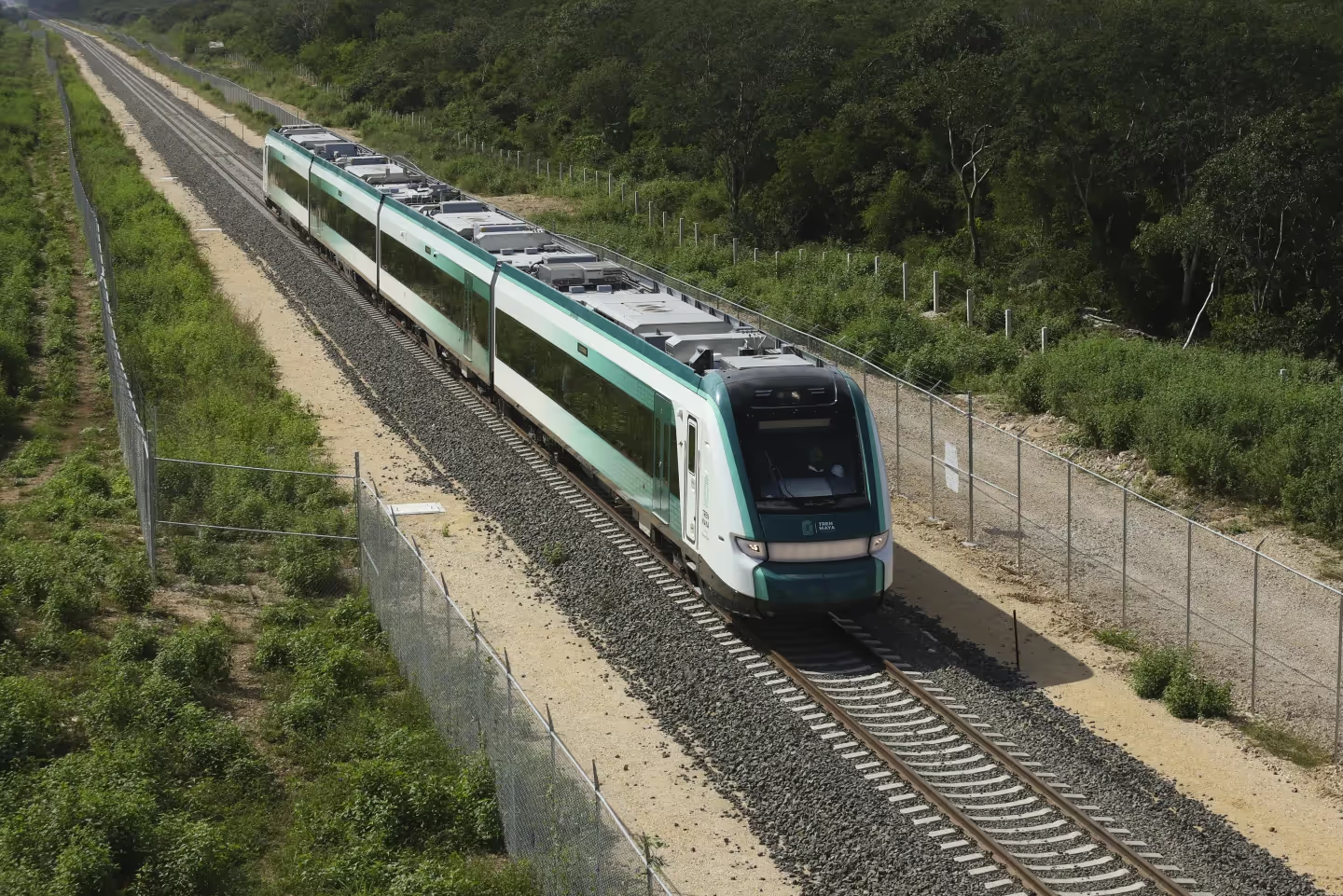
Getting Around: When it comes to transportation, Tulum is a small town so it’s easy to get around with or without a car. Many retirees enjoy walking or biking – the town center and adjacent neighborhoods are fairly compact. There’s now a bike path in parts of Tulum, and cycling to the beach or the market is common. If you do drive, know that the town’s roads are improving but some smaller streets can be bumpy or unpaved.
A car is useful for exploring the wider region (road trips to Valladolid, Costco runs to Cancun, etc.), but not strictly necessary for everyday life if you live centrally. There’s also a decent network of ADO buses and shuttles connecting Tulum to other cities, and the Maya Train is enhancing regional travel options. For trips back home, having the new Tulum International Airport just outside town is a huge plus.
Adjusting to the Pace: Life in Tulum runs on “hora Maya” (Mayan time) – in other words, things move at a more relaxed pace than you might be used to. This is usually a welcome change for retirees escaping the rat race. Expect that not everything will function with the efficiency. Setting up utilities might take a couple of visits, a repairman might show up an hour late (or mañana), and the concept of “mañana” (tomorrow, or later) is practically a way of life. Embracing this easygoing attitude is key to avoiding frustration. With patience and a sense of humor, you’ll do just fine.
Final Thoughts
Retiring in Tulum can truly be a dream come true for those seeking a mix of natural beauty, community, and affordability. You’ll have sunny days and new adventures at your doorstep – from snorkeling in cenotes to discovering your new favorite taco stand – all while maintaining a comfortable budget and standard of living.
As with any move abroad, there will be a learning curve as you navigate a new system and culture. But the rewards are immense: a slower pace of life, new friends (both fellow expats and welcoming locals), and the chance to spend your retirement the way you want. By sorting out the practical details (visa, healthcare, housing) and approaching the experience with an open mind, you’ll find that Tulum quickly feels like home.
¡Bienvenidos a su nuevo hogar en Tulum! Welcome to your new home in Tulum, and feliz jubilación – happy retirement!

